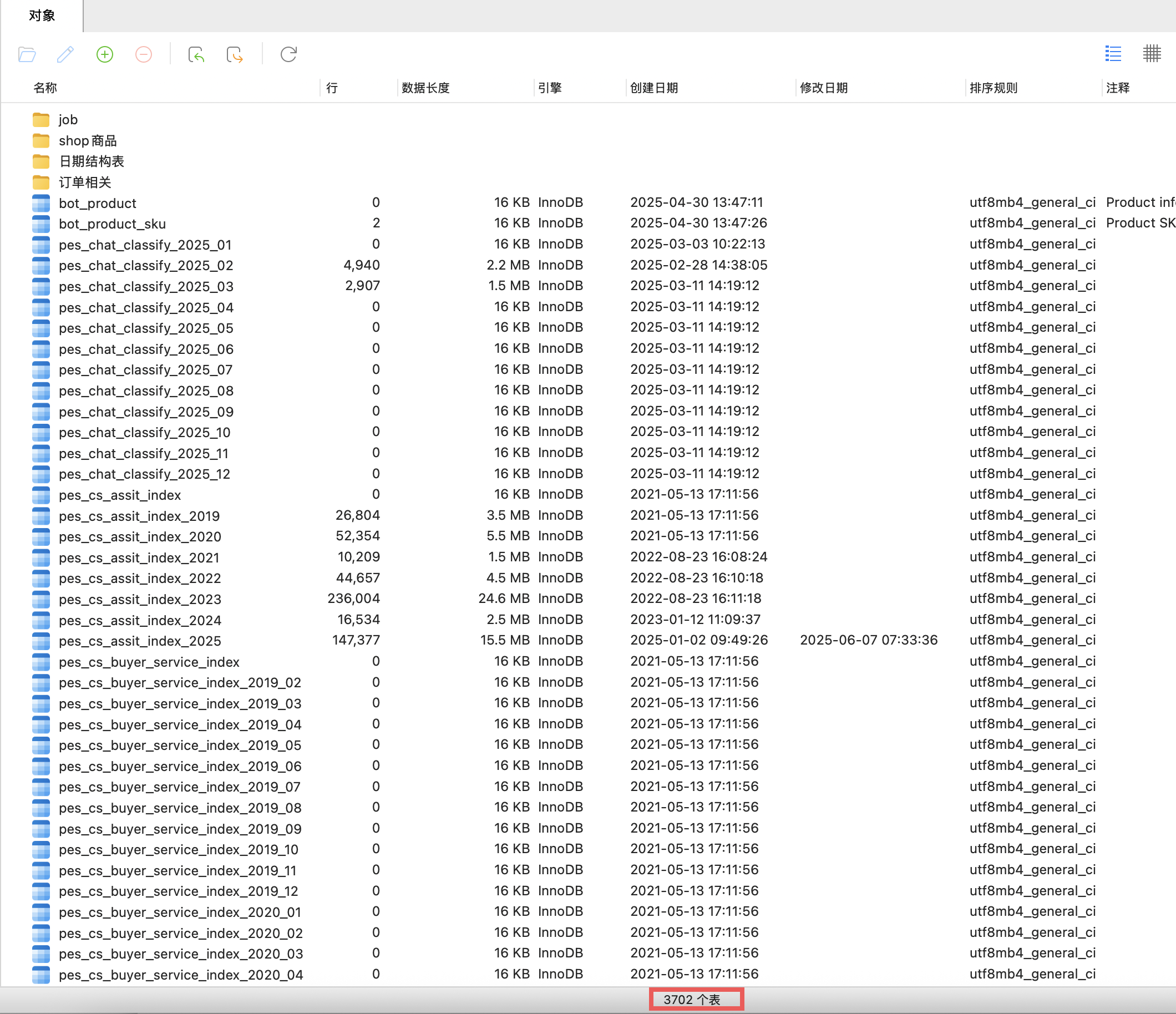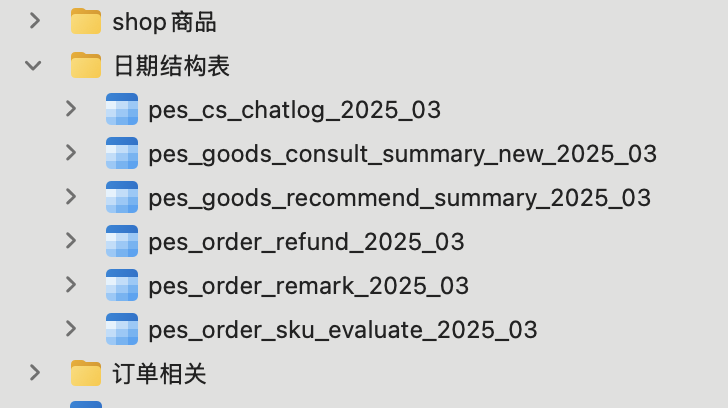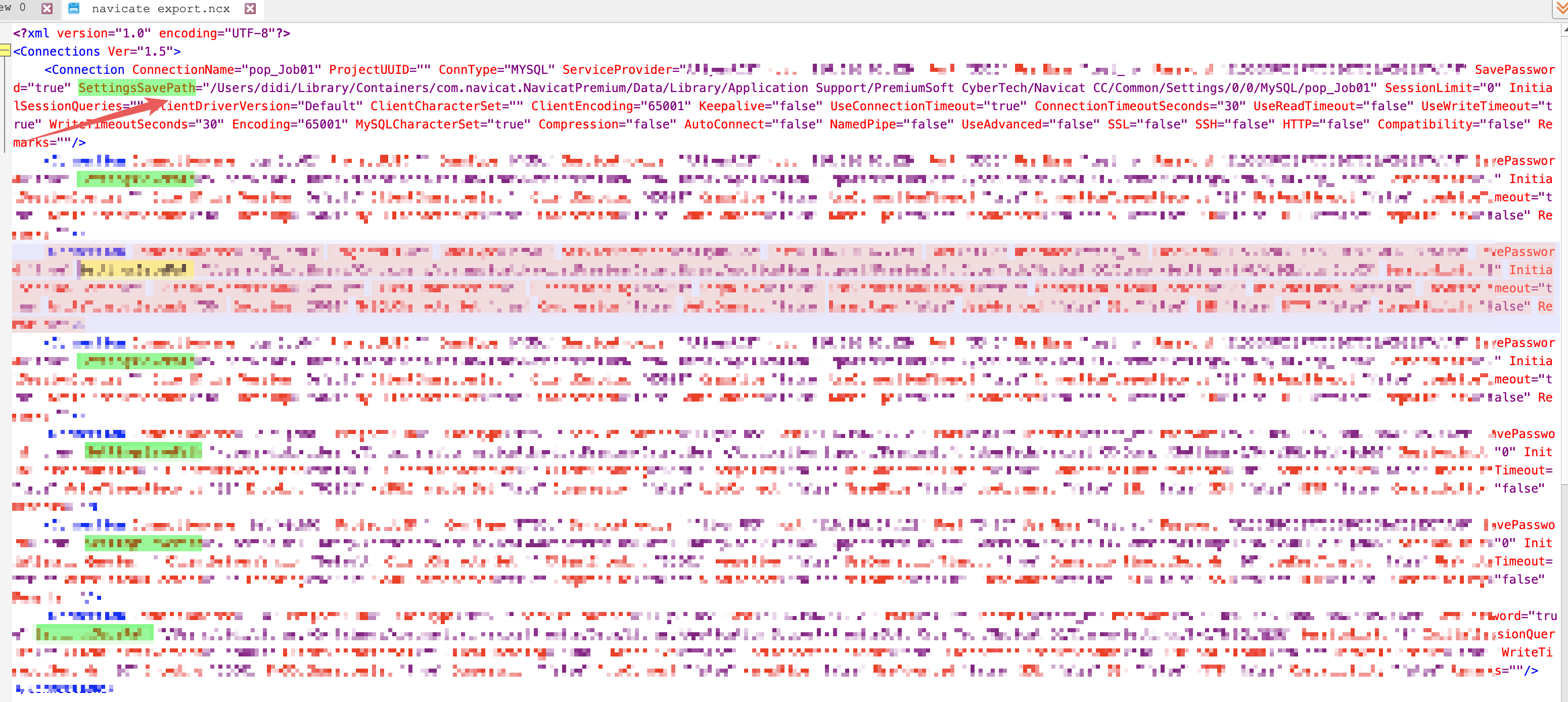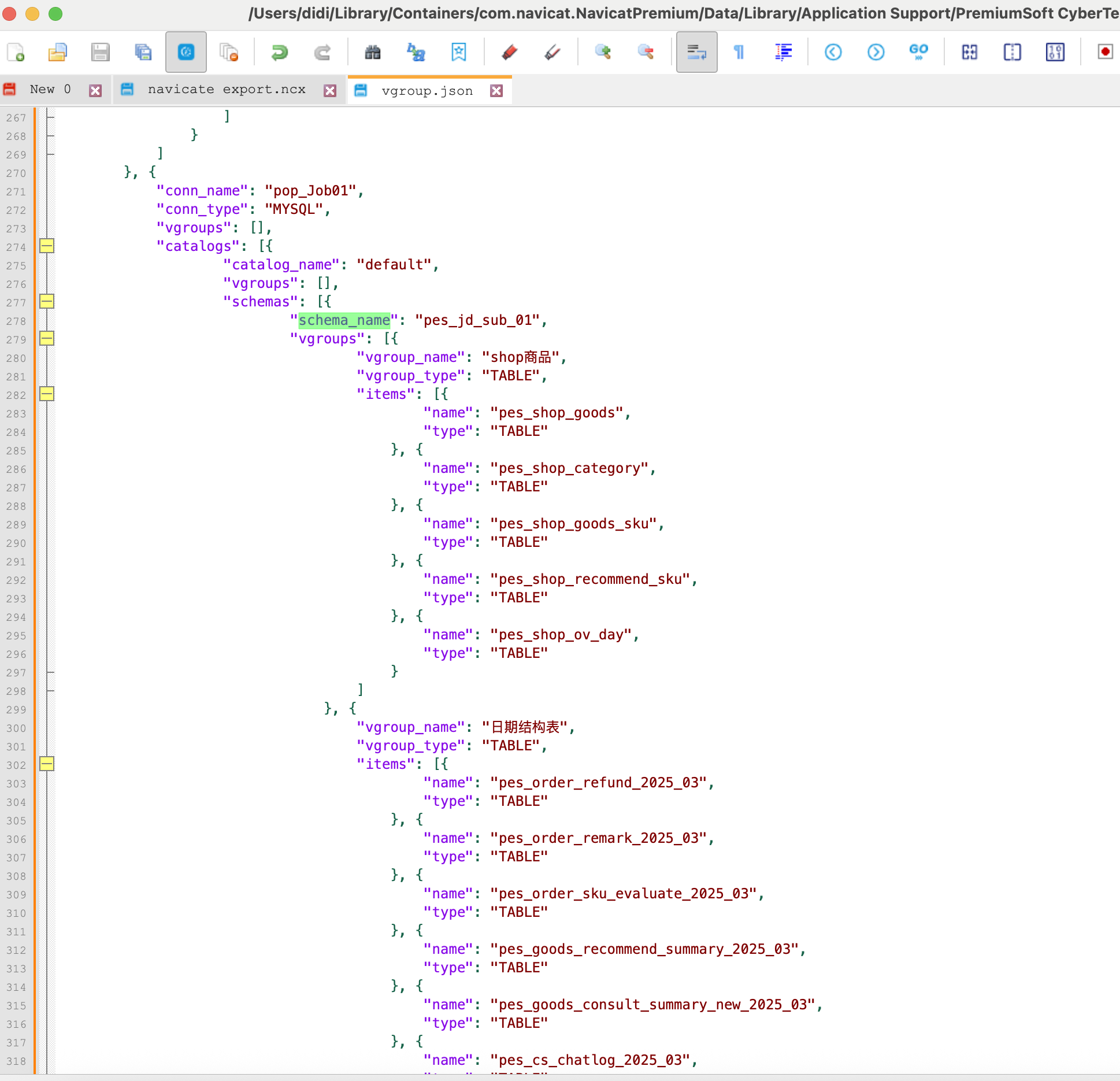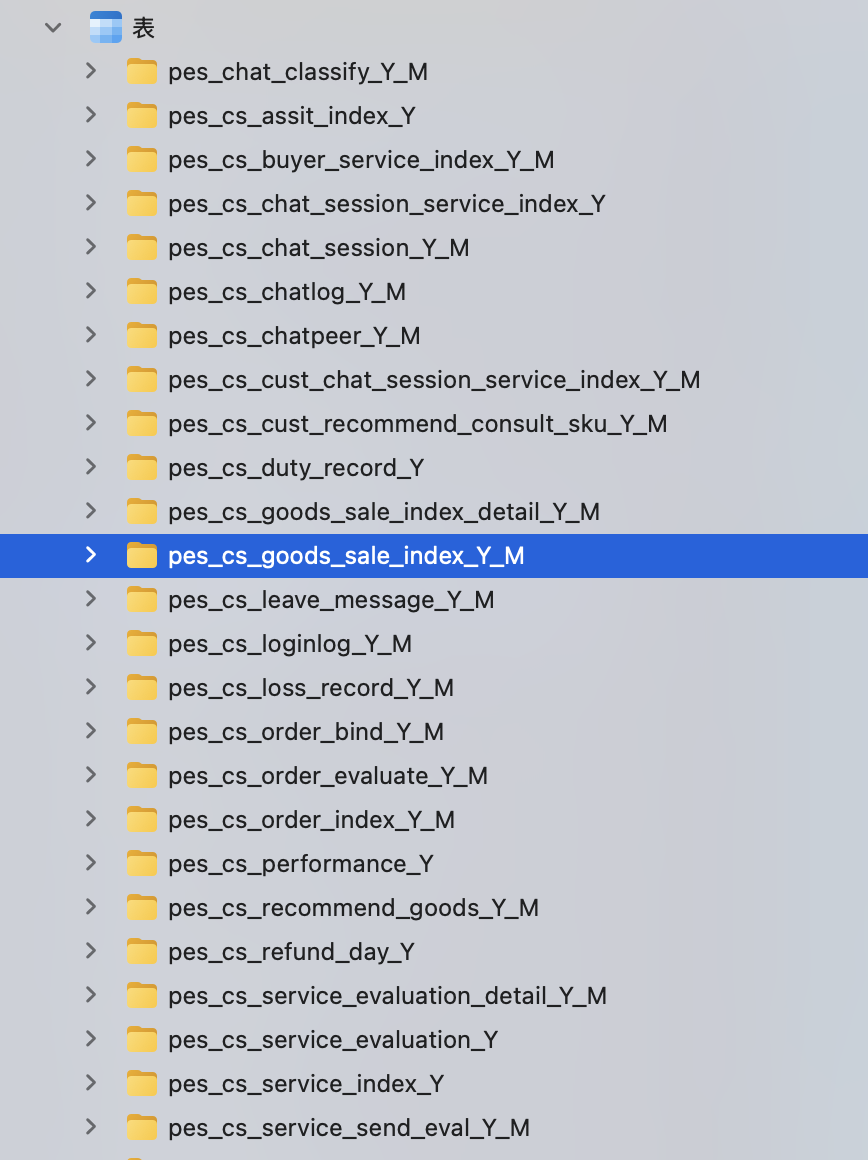1
2
3
4
5
6
7
8
9
10
11
12
13
14
15
16
17
18
19
20
21
22
23
24
25
26
27
28
29
30
31
32
33
34
35
36
37
38
39
40
41
42
43
44
45
46
47
48
49
50
51
52
53
54
55
56
57
58
59
60
61
62
63
64
65
66
67
68
69
70
71
72
73
74
75
76
77
78
79
80
81
82
83
84
85
86
87
88
89
90
91
92
93
94
95
96
97
98
99
100
101
102
103
104
105
106
107
108
109
110
111
112
113
114
115
116
117
118
119
120
121
122
123
124
125
126
127
128
129
130
131
132
133
134
135
136
137
138
139
140
141
142
143
144
145
146
147
148
149
150
151
152
153
154
155
156
157
158
159
160
161
162
163
164
165
166
167
168
169
170
171
172
173
174
175
176
177
178
179
180
181
182
183
184
185
186
187
188
189
190
191
192
193
194
195
196
197
198
199
200
201
202
203
204
205
206
207
208
209
210
211
212
213
214
215
216
217
218
219
220
221
222
223
224
225
226
227
228
229
230
231
232
233
234
235
236
237
238
239
240
241
242
243
244
245
246
247
248
249
250
251
252
253
254
255
256
257
258
259
| import pymysql
import json
import re
from typing import List, Dict
from collections import defaultdict
from datetime import datetime, timedelta
class NavicatGroupGenerator:
def __init__(self, generate_future_tables: bool = False):
self.config = {
"version": "1.1",
"vgroups": [],
"connections": []
}
self.group_connections = defaultdict(list)
self.generate_future_tables = generate_future_tables
def get_future_tables(self, table_name: str, pattern_type: str) -> List[str]:
"""生成未来两年的表名"""
future_tables = []
current_date = datetime.now()
if pattern_type == 'Y_M':
match = re.search(r'(\d{4})_(\d{2})$', table_name)
if match:
max_year = int(match.group(1))
max_month = int(match.group(2))
base_name = table_name[:table_name.rindex('_2')]
current_max_date = datetime(max_year, max_month, 1)
for i in range(1, 25):
future_date = current_max_date + timedelta(days=32 * i)
future_date = future_date.replace(day=1)
future_table = f"{base_name}_{future_date.year}_{future_date.strftime('%m')}"
future_tables.append(future_table)
elif pattern_type == 'Y':
match = re.search(r'(\d{4})$', table_name)
if match:
max_year = int(match.group(1))
base_name = table_name[:table_name.rindex('_2')]
for year in range(max_year + 1, max_year + 3):
future_table = f"{base_name}_{year}"
future_tables.append(future_table)
return future_tables
def find_max_date_table(self, tables: List[str], pattern_type: str) -> str:
"""找到最大日期的表"""
max_table = None
max_date = None
for table in tables:
if pattern_type == 'Y_M':
match = re.search(r'(\d{4})_(\d{2})$', table)
if match:
year = int(match.group(1))
month = int(match.group(2))
current_date = datetime(year, month, 1)
if max_date is None or current_date > max_date:
max_date = current_date
max_table = table
elif pattern_type == 'Y':
match = re.search(r'(\d{4})$', table)
if match:
year = int(match.group(1))
if max_date is None or year > max_date:
max_date = year
max_table = table
return max_table
def analyze_table_pattern(self, tables: List[str]) -> Dict[str, List[str]]:
patterns = {}
pattern_ym = re.compile(r'^(.+)_\d{4}_\d{2}$')
pattern_y = re.compile(r'^(.+)_\d{4}$')
for table in tables:
match_ym = pattern_ym.match(table)
match_y = pattern_y.match(table)
if match_ym:
base_name = f"{match_ym.group(1)}_Y_M"
if base_name not in patterns:
patterns[base_name] = []
patterns[base_name].append(table)
elif match_y:
base_name = f"{match_y.group(1)}_Y"
if base_name not in patterns:
patterns[base_name] = []
patterns[base_name].append(table)
if self.generate_future_tables:
new_patterns = {}
for base_name, table_list in patterns.items():
pattern_type = 'Y_M' if base_name.endswith('_Y_M') else 'Y'
max_table = self.find_max_date_table(table_list, pattern_type)
if max_table:
future_tables = self.get_future_tables(max_table, pattern_type)
new_patterns[base_name] = sorted(list(set(table_list + future_tables)))
else:
new_patterns[base_name] = table_list
patterns = new_patterns
return patterns
def connect_database(self, host: str, port: int, user: str, password: str) -> pymysql.Connection:
return pymysql.connect(
host=host,
port=port,
user=user,
password=password
)
def get_all_databases(self, connection: pymysql.Connection) -> List[str]:
with connection.cursor() as cursor:
cursor.execute("SHOW DATABASES")
return [db[0] for db in cursor.fetchall()]
def get_all_tables(self, connection: pymysql.Connection, database: str) -> List[str]:
with connection.cursor() as cursor:
connection.select_db(database)
cursor.execute("SHOW TABLES")
return [table[0] for table in cursor.fetchall()]
def generate_config(self, connections_info: List[Dict]) -> None:
for conn_info in connections_info:
self.group_connections[conn_info["group_name"]].append({
"name": conn_info["conn_name"],
"type": "CONNECTION",
"server_type": "MYSQL"
})
for group_name, connections in self.group_connections.items():
self.config["vgroups"].append({
"vgroup_name": group_name,
"vgroup_type": "CONNECTION",
"items": connections
})
for conn_info in connections_info:
try:
connection = self.connect_database(
conn_info['host'],
conn_info['port'],
conn_info['user'],
conn_info['password']
)
connection_config = {
"conn_name": conn_info["conn_name"],
"conn_type": "MYSQL",
"vgroups": [],
"catalogs": [{
"catalog_name": "default",
"vgroups": [],
"schemas": []
}]
}
databases = self.get_all_databases(connection)
for db in databases:
tables = self.get_all_tables(connection, db)
table_groups = self.analyze_table_pattern(tables)
if table_groups:
schema_config = {
"schema_name": db,
"vgroups": []
}
for group_name, grouped_tables in table_groups.items():
schema_config["vgroups"].append({
"vgroup_name": group_name,
"vgroup_type": "TABLE",
"items": [{
"name": table,
"type": "TABLE"
} for table in grouped_tables]
})
connection_config["catalogs"][0]["schemas"].append(schema_config)
if connection_config["catalogs"][0]["schemas"]:
self.config["connections"].append(connection_config)
connection.close()
except Exception as e:
print(f"Error processing connection {conn_info['conn_name']}: {str(e)}")
def save_config(self, filename: str) -> None:
with open(filename, 'w', encoding='utf-8') as f:
json.dump(self.config, f, indent=4, ensure_ascii=False)
if __name__ == "__main__":
connections_info = [
{
"group_name": "数据库链接组名",
"conn_name": "pop_Job01",
"host": "xxx.xxx.xxx.xxx",
"port": 3316,
"user": "username",
"password": "password"
},
{
"group_name": "数据库链接组名",
"conn_name": "pop_Job02",
"host": "xxx.xxx.xxx.xxx",
"port": 3326,
"user": "username",
"password": "password"
},
{
"group_name": "数据库链接组名",
"conn_name": "Self-job01",
"host": "xxx.xxx.xxx.xxx",
"port": 3416,
"user": "username",
"password": "password"
},
{
"group_name": "数据库链接组名2",
"conn_name": "xxxxxjdbc.driver",
"host": "xxx.xxx.xxx.xxx",
"port": 3307,
"user": "username",
"password": "password2"
}
]
generator = NavicatGroupGenerator(generate_future_tables=True)
generator.generate_config(connections_info)
generator.save_config('vgroup.json')
print("ok")
|
